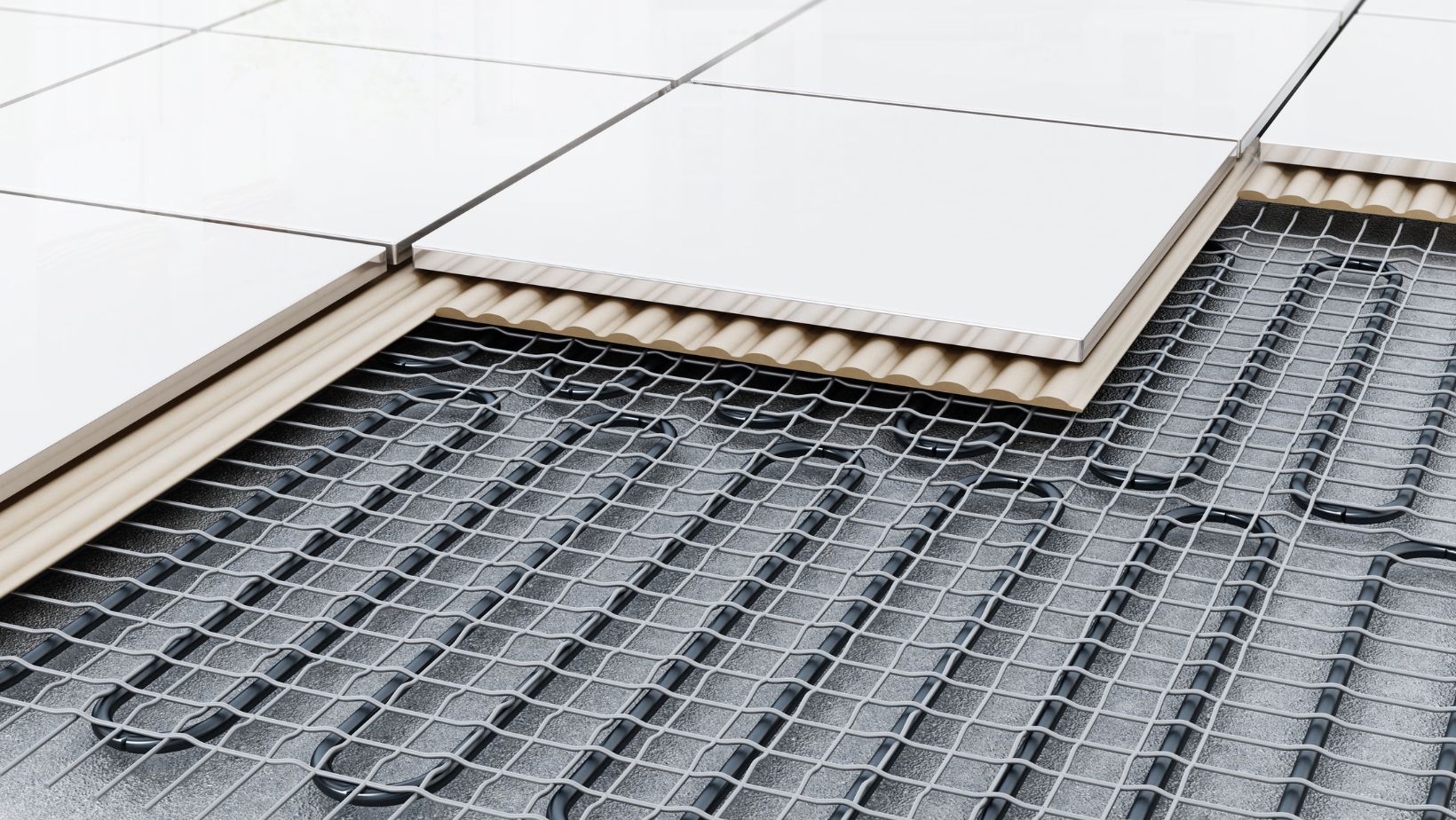Understanding How Electric Floor Heating Works

Electric floor heating is an efficient and modern way to keep indoor spaces warm and comfortable. Whether installed in homes, offices, or commercial buildings, this heating system provides an even distribution of warmth while eliminating the need for bulky radiators or forced-air heating systems. Heavenly Heat Inc. is one of the industry leaders in providing high-quality electric floor heating solutions, ensuring that homeowners and businesses enjoy energy-efficient warmth beneath their feet.
The Basics of Electric Floor Heating
Electric floor heating systems rely on a network of heating cables or mats installed beneath the flooring surface. These cables generate radiant heat, which is evenly distributed across the floor and rises to warm the entire room. Unlike traditional heating systems that rely on convection, electric radiant heating provides direct warmth, making it more efficient and comfortable. For homeowners considering different flooring options, it’s important to note that electric floor heating works well under various surfaces, including tile, stone, and engineered wood. A heated floor under vinyl plank is another excellent choice, offering consistent warmth while remaining durable and resistant to moisture. This makes it a practical and comfortable option for modern homes.
Components of an Electric Floor Heating System
An electric floor heating system consists of several essential components:

- Heating Cables or Mats – The primary element responsible for generating heat. These cables or mats are laid beneath the flooring and connected to an electrical power source.
- Thermostat and Controls – A programmable thermostat regulates the temperature, allowing users to set their preferred level of warmth. Smart thermostats can even be controlled remotely.
- Insulation Layer – Some installations include an insulation layer beneath the heating elements to improve efficiency by reducing heat loss.
- Flooring Material – While electric floor heating can be used under various flooring types, materials such as tile, stone, and engineered wood are particularly effective at conducting and retaining heat.
How Electric Floor Heating Works
Electric floor heating operates through radiant heat transfer. When the heating cables or mats are activated, they produce infrared heat, which warms the floor surface and radiates upward into the room. Because the heat is distributed evenly, there are no cold spots or drafts commonly found with forced-air heating systems.
Steps in the Heating Process
- Power Activation – The system is powered on, allowing electricity to flow through the heating elements.
- Heat Generation – The resistance within the heating cables converts electrical energy into heat.
- Heat Distribution – The generated warmth spreads through the floor, creating a comfortable and consistent temperature.
- Thermostat Regulation – The thermostat monitors and maintains the desired heat level, preventing overheating and optimizing energy use.
Advantages of Electric Floor Heating
Energy Efficiency
Electric floor heating consumes less energy compared to traditional heating methods. By directly warming the floor and surrounding air, it reduces the need for high thermostat settings, lowering energy costs.
Improved Comfort
Unlike forced-air systems, which can cause uneven heating, electric floor heating ensures consistent warmth.

Additionally, it eliminates issues such as dry air and dust circulation.
Space-Saving Design
With no need for radiators or ductwork, electric floor heating frees up wall and floor space, allowing for more flexible interior design.
Easy Installation
These systems are relatively simple to install, especially in new constructions or during renovations. Pre-wired heating mats make the process even more convenient.
Conclusion
Electric floor heating is a modern and efficient solution for maintaining warmth in residential and commercial spaces. By utilizing radiant heat, these systems offer consistent, energy-efficient comfort while eliminating the drawbacks of traditional heating methods. Whether for a single room or an entire building, electric floor heating is a valuable investment in comfort and efficiency.

 Kdraydink: Unraveling the Fascinating Evolution and Cultural Impact
Kdraydink: Unraveling the Fascinating Evolution and Cultural Impact  Cute00kiara: The Rise of a Digital Star
Cute00kiara: The Rise of a Digital Star  Tayfay1234: The Future of Online Identity
Tayfay1234: The Future of Online Identity